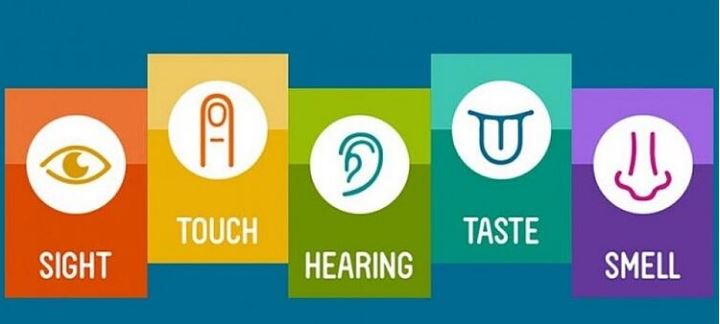An Examination to the Impact That the Use of Smell, Touch and Taste in Sensory Branding Has On Brand Equity (2014)
Sensory Branding and Brand Equity Dissertation – Today, brands face big challenges when differentiating from competitors and offering added value to their customers. For this reason, becoming aware of branding strategies that go out of the ordinary is advisable. This research aims to contribute to this issue by understanding to what extent three of the least exploited human senses in the marketing domain, impact the four constructs of brand equity: brand awareness, perceived quality, brand associations and brand loyalty.
This study focuses on three sensorial cues: olfactory/smell, tactile/touch and gustatory/taste. Thus, this work intends to add knowledge both in academic and marketing stances. Making use of a survey cross-sectional research design and based on data from 190 on-line questionnaires analysed under a quantitative strategy, the relationships between the three independent variables (smell, taste and touch) and the four dependent elements of brand equity were examined. The sample used for the standard multiple regression analysis comprises people over 18 years old who have lived for at least six months in the United Kingdom, the USA or Canada.
Regarding the brand equity constructs, they were assessed across three brands recognised as experiential. These brands are Starbucks, Apple and Abercrombie & Fitch. The empirical findings show that sensorial experiences have a strong effect on the associations customers make in their minds about a brand. In addition, it was found that for brands which are considered very experiential, sensorial cues can importantly influence its perception of quality and the loyalty towards the brand. The effect upon these elements is higher when the sensorial prompts are associated to their core products.
Concerning brand awareness, no significant relationship was found with the senses directly. However, previous research demonstrated that the other dimensions of brand equity might in turn affect awareness. Thus, in general it can be said that it is likely that sensorial experiences impact brand equity positively.
- 15,000 words – 58 pages in length
- Excellent use of literature
- Excellent analysis techniques used
- Well written throughout
- Includes questionnaire
- Ideal for marketing students
1: Introduction
Experiential / Emotional Branding – Important in Today’s Strategies
Sensory Branding – A Means for Providing Emotional Experiences
The Widespread Consciousness of Sensory Branding
Does Sensory Branding Impact Brand Equity?
Significance of the Study – Gap in the Literature
Aims and Objectives
2: Literature Review
Experiential and Emotional Branding
Understanding the concept of experiential / emotional branding
Sensory Branding
The power of senses
Conceptualisation of sensory branding
Aural – The power of sound
Visual – sight is the most commonly used of all senses
Tactile – the art of touching
Olfactory – smell as an involuntary memory stimulus
Gustatory- Food as a means of retention
Brand Equity
Definition of Brand Equity
Brand Awareness
Perceived quality
Brand Associations
Brand Loyalty
Formulation of Hypotheses
3: Methodology
Research Approach
Formulation of Hypotheses – Summary
Research Strategy
Research Design
Data Collection
Research subjects – Sample design
Research instrument – Self completion questionnaire
Questionnaire Design
Brand Selection
Scale Development
Pilot Test
Data Analysis
Ethical Considerations
4: Results and Discussion
Assumption Testing
Outliers
Normality and linearity
Multicollinearity
Reliability Testing
Hypotheses Testing
Relationship between senses and brand awareness
Relationship between senses and perceived quality
Relationship between senses and brand associations
Relationship between senses and brand loyalty
Discussion
5: Conclusions
Achievement of the Research Objectives
To review extant conceptual models and theoretical frameworks relevant to sensory branding and brand equity
To develop and test hypotheses concerning the impact of three sensory branding elements on brand awareness, loyalty, perceived quality and associations
To identify, analyse and draw conclusions about the relationships between sensorial experiences, specifically smell, taste and touch, and the brand equity constructs
Marketing Implications and Recommendations
Limitations and Further Research
Limitations
Further Research
References
Appendix
Questionnaire

